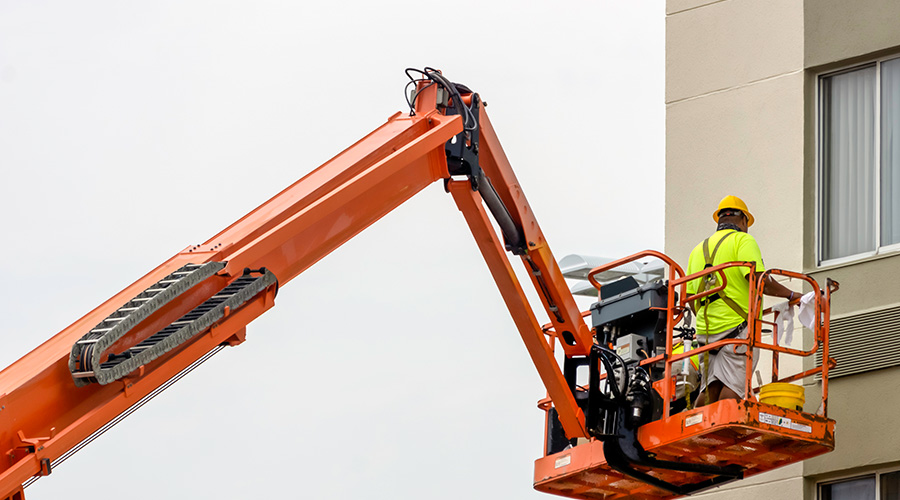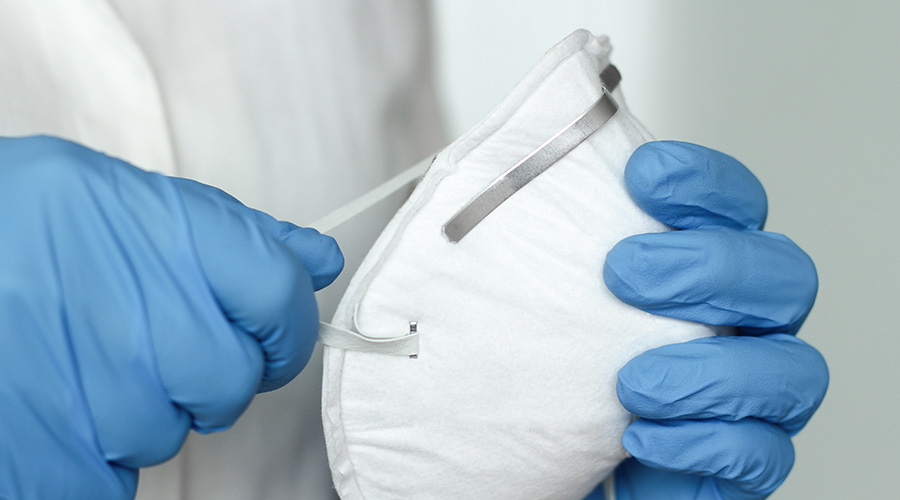Engineering Controls Limit Contaminant Exposure
When feasible, managers should use engineering controls to reduce employee exposures to hazardous materials. The two most common engineering controls are local exhaust and general ventilation. These measures limit an employee’s exposure to airborne contaminants.
Managers should consider personal protective equipment only when engineering controls are not available or fail to sufficiently reduce hazards to acceptable levels. Examples of personal protective equipment include safety glasses, gloves, respirators, chemical aprons and protective clothing. At a minimum, personal protection devices must be worn according to the manufacturer’s recommendations indicated on the label or as stated in the product’s MSDS.
Managers also must consider actions to take during accidents or spills. The first step in the process is to survey areas in which workers transport, store, and use hazardous materials to locate drains and ventilation where exposures can spread. The next step is to look for spill kits, emergency shutoffs, fire-suppression equipment, eye-wash stations, and safety showers.
Finally, managers should make sure workers and other building occupants receive training on emergency response and evacuation procedures. Managers can minimize the effects of hazardous-material releases when everyone is trained on their role during emergencies.
Related Topics:















